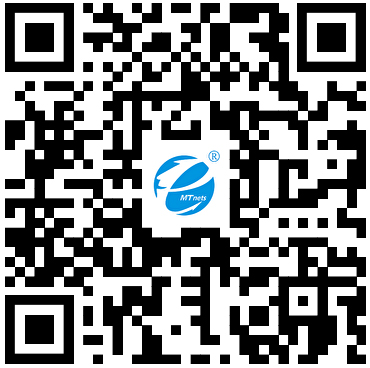Antibody-Drug Conjugates (ADCs) are composed of a drug (payload) and antibody (mAbs) that are bound using linkages that are specifically designed to deliver the payload to the intended target environment. ADCs are designed to sparing healthy cells by targeting specific cancer types.
This article expands upon the linker information in the ADC Linker Technology in 2021 article. Specifically, the cleavable and non-cleavable categories of ADC linkers. Cleavable linkers use inherent properties of tumor cells for selective release of payloads from the ADCs. There are three commonly used mechanisms for cleavable linkers; protease-sensitive peptide linkers, acid sensitive hydrazone linkers, and glutathione-sensitive disulfide linkers.
Protease-sensitive cleavable linkers use the dominant proteases found in tumor cell lysosomes for recognition and cleavage of a specific peptide sequence in the linker. A commonly used ADC linker makes use of a valine-citrulline (vc) dipeptide, first discovered by Dubowchik et al., as an intracellular cleavage mechanism by cathepsin B.

Acid-sensitive linkers use a lower pH in the endosomal (pH = 5-6) and lysosomal (pH = 4.8) compartments, in contrast to cytosol (pH = 7.4) to trigger hydrolysis of acid labile groups within a linker such as hydrazone.
Glutathione-sensitive linkers use higher concentrations of intracellular glutathione that in the plasma. This causes disulfide bridges to release the payload upon reduction by glutathione.
Cleavable linkers may also help with destroying cancer cell adjacent to their targets through a process referred to as "bystander effect". The bystander effect occurs when the payload is released near the targeted cancer cell, or a payload diffuses out of one cancer cell and then is absorbed by a second cancer cell.
Non-cleavable linkers only degrade when the anti-body degrades. Release of the payload occurs mainly in the lysosome after internalization of the ADC and degradation of both the antibody and linker. This may be an advantage since it could lead to a lower risk of systemic toxicity. Figure 2 shows an example of Kadcyla, which uses SMCC crosslinker as the non-cleavable linker.

BroadPharm offers a wide array of different ADC Linkers, PEG Linkers to empower our customer's advanced research worldwide. These compounds feature great aqueous solubility, smart choice of PEG length, and a broad selection of functional groups to choose from.
Journal Reference:
1.Editorial Team, "FDA Grants Accelerated Approval for Sacituzumab Govitecan in Metastatic Triple-negative Breast Cancer", ADC Review (2020)
2.FDA Press Release, "FDA grants accelerated approval to loncastuximab tesirine-lpyl for large B-cell lymphoma", (2021)
3.Staudacher, Brown, "Antibody drug conjugates and bystander killing: is antigen-dependent internalisation required?", Br J Cancer 117, (2017): 1736-1742
訂購咨詢
靶點科技(北京)有限公司
相關產品
免責聲明
- 凡本網注明“來源:化工儀器網”的所有作品,均為浙江興旺寶明通網絡有限公司-化工儀器網合法擁有版權或有權使用的作品,未經本網授權不得轉載、摘編或利用其它方式使用上述作品。已經本網授權使用作品的,應在授權范圍內使用,并注明“來源:化工儀器網”。違反上述聲明者,本網將追究其相關法律責任。
- 本網轉載并注明自其他來源(非化工儀器網)的作品,目的在于傳遞更多信息,并不代表本網贊同其觀點和對其真實性負責,不承擔此類作品侵權行為的直接責任及連帶責任。其他媒體、網站或個人從本網轉載時,必須保留本網注明的作品第一來源,并自負版權等法律責任。
- 如涉及作品內容、版權等問題,請在作品發表之日起一周內與本網聯系,否則視為放棄相關權利。
 手機版
手機版 化工儀器網手機版
化工儀器網手機版
 化工儀器網小程序
化工儀器網小程序
 官方微信
官方微信 公眾號:chem17
公眾號:chem17
 掃碼關注視頻號
掃碼關注視頻號




















 采購中心
采購中心